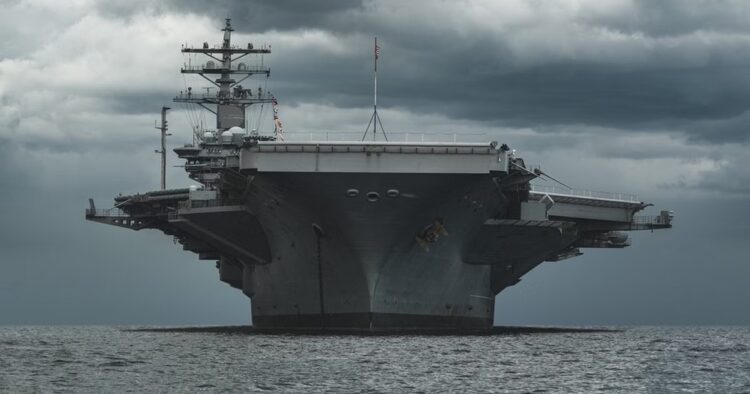China has sent its second aircraft carrier, Shandong, to patrol waters near the Philippine coast. This move comes as the Philippines steps up efforts to assert its territorial claims over a disputed shoal in the South China Sea, a region also claimed by China.
Shandong is a large ship, weighing about 70,000 tonnes. According to Chinese state media, its presence is meant to deter what China sees as continued provocations by the Philippines on Chinese islands and reefs in the area. Chinese experts have noted that Shandong’s deployment is part of a scheduled exercise and could be preparing for a journey into the West Pacific.
Recently, the People’s Liberation Army (PLA) has increased its naval presence in the South China Sea, deploying major surface combat ships, including destroyers and an amphibious landing ship. This escalation is happening as maritime territorial conflicts between China and the Philippines intensify.
Ni Lexiong, a defense professor at Shanghai University of Political Science and Law, said that the passage of Shandong serves as a warning to both the Philippines and the United States. He emphasized China’s strong stance on protecting its territorial waters, especially amid rising tensions over the Second Thomas Shoal.
Chester Cabalza, president and founder of the Manila-based think tank International Development and Security Cooperation, remarked that the deployment of Shandong is an example of “performative politics” by China. He believes that Beijing is using this show of military force to send a message that it is ready to defend its claims in the region.
The recent confrontation between China and the Philippines has taken a violent turn. Last month, ships from both nations collided near the Second Thomas Shoal. This incident followed new Chinese regulations allowing the detainment of foreign vessels suspected of violating Chinese waters. The Philippines claims that China deliberately caused the collision, which marks a new level of tension in their ongoing dispute.
The South China Sea is a contested area, with China claiming most of it. These claims are disputed by the Philippines, Malaysia, Vietnam, Brunei, and Taiwan. The Philippines argues that it has rights to the area based on a 2016 ruling by a tribunal of the UN Convention on the Law of the Sea (UNCLOS). The tribunal’s decision supported the Philippines’ claims, but China, which boycotted the tribunal, has rejected the ruling.
ALSO READ: “Maldives Envoy Highlights Importance of China, US, and India as Key Partners”
China’s new law authorizes its coast guard to seize foreign ships that illegally enter its territorial waters and detain their crews for up to 60 days. The law also allows the use of force against foreign vessels if necessary. In response, the United States has shown its support for the Philippines by deploying mid-range Typhon missile systems in the country. The Philippines has also imported BrahMos missiles from India to strengthen its defense.
China currently has two aircraft carriers: Liaoning, a refit of an old Soviet ship, and Shandong, which was built in China and commissioned in 2019.
A third carrier, Fujian, is now undergoing trials. Fujian is China’s first fully domestically developed and constructed aircraft carrier, featuring advanced technology similar to the American USS Gerald R. Ford.
China’s aircraft carriers are equipped with J-15 fighter jets, which are built in China. The deployment of Shandong, along with the increasing naval presence in the South China Sea, highlights the growing tensions and the potential for further conflict in the region.

















Comments